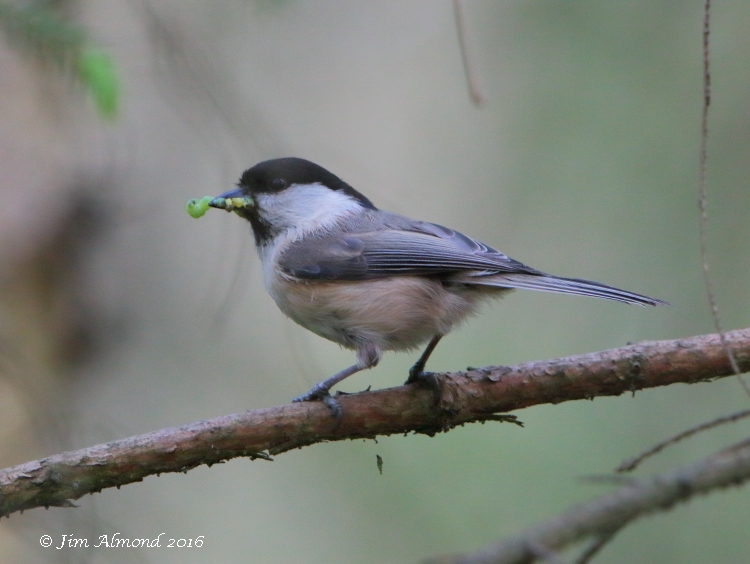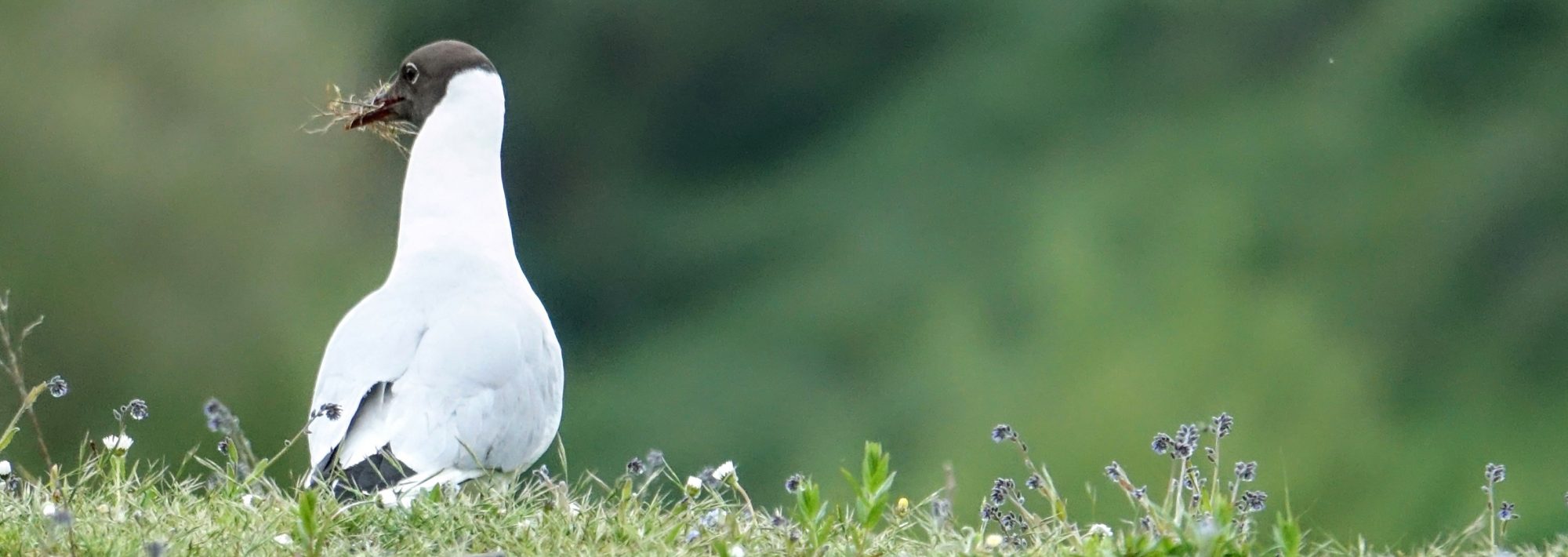Project Updates
- 2020 update: The National Willow Tit survey work continued in 2020 but was cut slightly short by lockdown measures. A few tetrads were covered by volunteers and we have been able to confirm a few more sites which is encouraging. We’ve still got plenty more areas to cover and the survey will continue in 2021 assuming the pandemic situation allows. Please do get in touch to help out if you can.
- 2020: The final year of the National Willow Tit survey is 2020. If you would like to volunteer to help survey them please contact Jonathan Groom at bto.shropshire@gmail.com.
- 2019: This is the first year of the national willow tit survey coordinated by the RSPB. The survey uses that standard playback survey method and is being carried out at a tetrad level. Jonathan Groom will be attempting to feed in all previous work done in Shropshire in the last few years so that the data is taken into account during this national inventory as well as helping to coordinate new surveys. The national survey is due to run into 2020 and there is lot of ground to cover – please contact simon.wooton@rspb.org.uk for more information.
- 2018: Looking for more surveyors – please get in touch
- 2017: Second year of surveys. 27 new sites surveyed with 11 sites holding Willow Tit. One nest record (predated by woodpecker)
- 2016: Start of the project. 42 sites identified through a combination of County records since 2013 and 28 sites surveyed with playback. One nest record (successful fledging)
Annual Reports
The following Annual Reports on this project are available for download (in PDF format):
- Willow Tit Surveys in Shropshire – Summary of 2016
- Willow Tit in Shropshire – 2017 Update
- Shropshire Willow Tit Survey 2018 Newsletter
Project Introduction
Background
The Willow Tit (Poecile montanus) is the fastest declining resident species of bird in the UK. It has been shown to have declined by over 90% since the 1970s and has disappeared from much of the south and south-east of England.

Willow Tit (© Jim Almond)
It is a difficult species to study due to its extreme visual similarity to the closely related Marsh Tit (Poecile palustris) and little understanding of its habitat requirements. Recent studies have shown that it is very hard to reliably tell apart from the Marsh Tit, due to overlap in physical features between the two species. However, it does have a very different song and call to the Marsh Tit, and also different habitat requirements.
The RSPB has a Species Recovery Project set-up to increase our knowledge of the Willow Tit’s distribution and habitat requirements, in order that we can put conservation measures in place. A survey method has been designed involving playback of the Willow Tit’s song to provoke a response from territorial birds. This allows a reasonable estimation of the number of pairs in a given site and allows surveys to be carried out by volunteers who need not have any previous experience of this species. Surveys were carried out in many sites across the UK during 2014/15 and records show that Shropshire is likely to have a number of sites where this species may be breeding.
Aims of this Project
- Create an inventory of sites where Willow Tits are confirmed to be present during the breeding season, using playback method to eliminate any confusion between Willow and Marsh Tit
- Estimate number of breeding pairs at each site as best as possible
- Provide data to all relevant agencies including RSPB, BTO, Wildlife Trusts and County Recorder
- Inform landowners and advise on suitable conservation methods wherever possible
- Possible follow-up with more intensive studies
Timescale
Surveys started in 2016 and are continuing each year.
Follow-up studies of habitat and/or nesting could also take place in the future.
Survey Instructions
Summary
- Two surveys per site should be carried out between February and March. This can be continued into early April if necessary, but, once the birds are serious about excavating and nesting, they become very silent.
- A pre-determined route is walked along/through the survey area. At each stop, the recording of Willow Tit call and song is played for two minutes.
- A further two minutes are then spent listening for a Willow Tit response.
- If a response is achieved during the play-back, the recording is stopped and the next stop is located.
- Record the location on the map where the recording was played with an indication of whether Willow Tits responded or not.
- If you see or hear a Willow Tit outside of a playback session, also record this and, perhaps, play a short burst of playback to elicit a response to confirm the ID.
Equipment Required
- Clipboard
- Survey forms
- Pen or pencils
- Playback device (MP3 player, IPod, most mobile phones)
- Speakers if playback device does not have them built in
- Binoculars
Not Essential but Recommended
- GPS device (either dedicated GPS device or smartphones that have free apps that will provide grid references – see the Survey Instructions below.
- Camera (you may get good photo opportunities)
Survey Information
You can download documents needed for this survey, including the survey instructions, blank and example survey forms and an mp3 file for use in the playback at the bottom of this page under the heading Survey Resources. I have tried to make the survey instructions as comprehensive as possible so that it should provide answers to most questions that people may have. I am doing this purely as a volunteer and, whilst I am available to discuss and answer queries as best I can, I hope people will be able to read the instructions and then get out and have a go with minimal input from me. If issues arise, please let me know and we can try and resolve them.
Selecting a Site
The following link will take you to a map of potential sites across the county:
https://www.google.com/maps/d/edit?mid=zRA6BJIiAfI0.kuDFbiqosCq0&usp=sharing
Sites in green have already been assigned a surveyor or surveyed as part of the project: sites in red are unassigned priority sites where we have confirmed or likely records in the past. Grey sites are sites with possible previous records or potential.
I can’t guarantee every site will have Willow Tit and they may only be present in a small part of any given site. That’s part of what the survey is about – finding all of this out! There is also quite a variation in size of site so you may only be able to do one site or a few small ones – I shall leave that to you. Also bear in mind, not all sites are publicly accessible. Please don’t trespass. Let me know if a site is inaccessible for any reason.
Hopefully we can attempt to get good coverage of the County over the course of the project and perhaps follow up with more intensive scientific study in hotspot areas.
Contact Details
See below for downloadable survey instructions for more complete information about what is required.
Survey maps will be provided after you have registered for a site or sites.
To register your interest in surveying one or more sites, please contact Jonathan Groom (email: bto.shropshire@gmail.com)
(Note that is not a BTO-sponsored project.)
Downloadable Survey Materials
Survey Forms
Completed Example Forms
Jonathan Groom
BTO Regional Representative for Shropshire
Mobile 07981 820979 // bto.shropshire@gmail.com
Back to Bird Conservation
